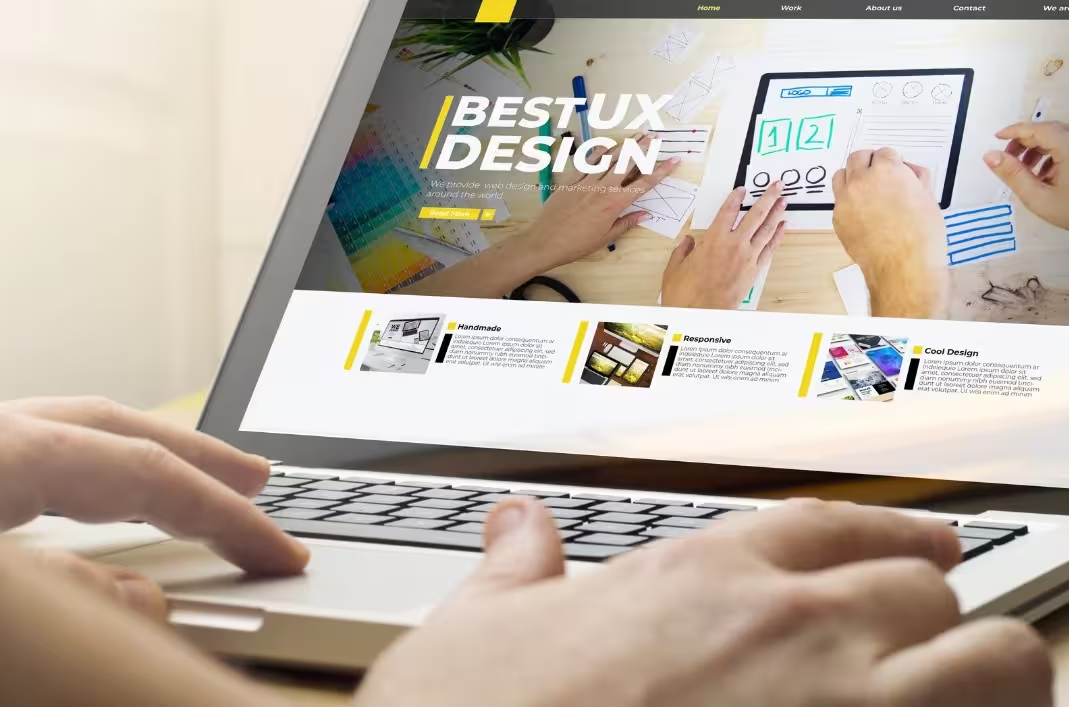Software Teams
Software Designers and Developers United for Project Excellence


At Visie, we often say that it’s not enough to develop a beautiful website. Above all, it must be functional! The same applies to software development. But does that mean design isn’t important? Quite the opposite—collaboration between software designers and developers is essential to ensure the application is easy to use, accessible, and visually appealing!
Problems of Not Involving a Software Designer
While website design often receives plenty of attention, many companies still overlook the design of their software. Because it seems “less necessary," it’s still common to see projects where developers are left to design the screens themselves.
The problem is that there is a full navigation flow that must be designed from start to finish, tailored specifically for the user experience. If this development phase is skipped, many user paths and system responses won’t be properly considered—resulting in potential issues during navigation.
That’s why it’s important to consider each section’s function, how users will access them, accessibility features, access permissions or restrictions, how data flows between the database and the user, and how different screen types impact the overall user experience.
Developers and Designers Working Together
The roles of software designers and developers complement each other and cannot be handled in isolation. Even though each professional has their own responsibilities, their deliverables must fit together like puzzle pieces in the overall software design.
That’s why it doesn’t work for a software designer to just sketch out each screen and expect the developer to build it exactly as-is. There will inevitably be a need to add or remove features, which will affect the layout and expected behavior.
Likewise, creating a design based solely on programming constraints will result in a poor user interface, making the software less intuitive, harder to understand, and worse to navigate.
That’s why, at Visie, we love using design systems, which define the software’s visual and behavioral standards.
Design Systems for Large Projects
We understand that every software designer has their own way of working, and choosing one method over another doesn’t mean the alternative is wrong. However, we believe that the bigger the software, the more complex these processes become—making it impractical to design each screen individually. After all, there are programming variables to account for too.
Using a design system allows developers to freely build all necessary features while adhering to the standards defined by the software designer. This system becomes a long-term asset for the development team, supporting the product throughout its entire lifecycle—including future maintenance and updates.
The designer’s responsibility, then, is to create the foundation of the software’s visual identity, define how the app should respond to user interactions, provide models for developers to follow, and make all visual components available in a shared design library.
While this is certainly a challenging task, a well-implemented design system allows for structural changes without compromising the software’s look and feel or disrupting the user experience. When designers and developers work together with well-aligned methods and goals, the system’s development moves toward excellence. Plus, ongoing improvements ensure a consistent user journey and a visual identity that stays true to the brand’s message.
By Joana Kerr
© 2024 Visie
All rights reserved.